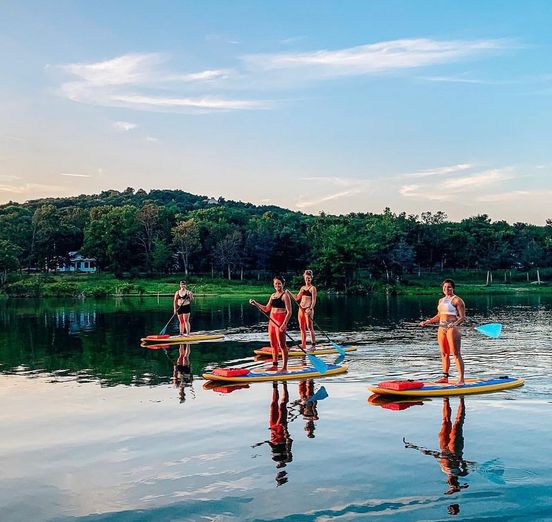
Common Paddle Boarding FAQ's
Paddle boarding, a sport that marries the physical challenge of surfing with the tranquility of kayaking, has indeed become a favorite pastime for many. It's a versatile activity that invites enthusiasts to explore calm lakes, river rapids, and ocean waves alike. Here, we address some frequently asked questions to demystify stand-up paddleboarding (SUP) for beginners and curious minds alike.
Key Highlights
- What is Paddle Boarding?: An exciting blend of surfing and kayaking, paddle boarding invites enthusiasts to explore various water bodies. It's a sport that improves balance, strength, endurance, and offers meditative tranquility.
- Learning Difficulty: Paddle boarding is accessible to beginners, with calm, flat water being ideal for starting. Techniques on stance and paddling can quickly get you moving, offering a gentle learning curve.
- Strength Requirements: While beneficial, strength isn't necessary to start. Technique and balance are more crucial, and paddle boarding itself builds strength over time, particularly in the core, arms, and legs.
- Beginner Tips: Choose a stable board, always use a leash for safety, learn to fall safely, check weather and water conditions, and consider taking a lesson for a solid foundation in techniques and safety.
Since Glide started back in 2010, we've gotten quite a few questions related to stand up paddle boards. We gathered our team together and have created this FAQ page to answer most of them.
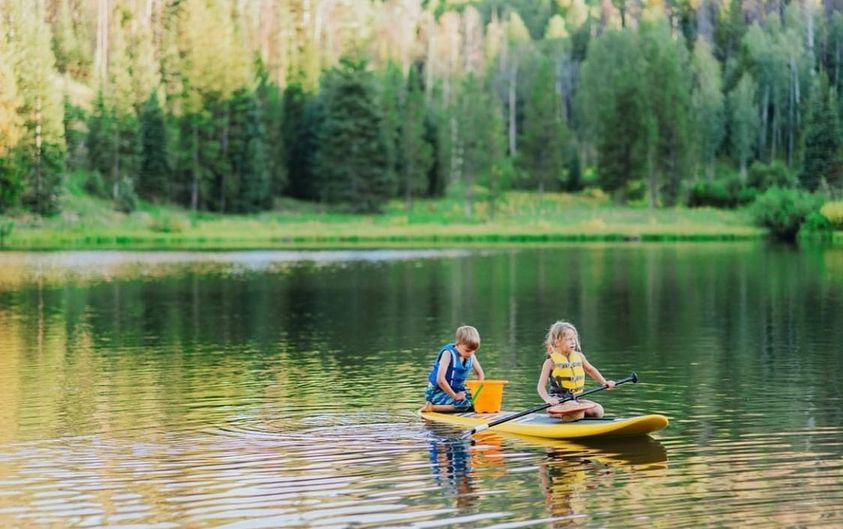
What is Paddle Boarding?
Paddle boarding is an engaging water sport where participants stand on a board similar to a surfboard and use a paddle to move through the water. It's a unique blend of balance, strength, and endurance. Originating from Hawaii, SUP has roots in surfing cultures but has evolved into a global phenomenon, appreciated for both its fitness benefits and its meditative qualities. The sport has diversified into various forms, including yoga SUP, touring, and even whitewater SUP.
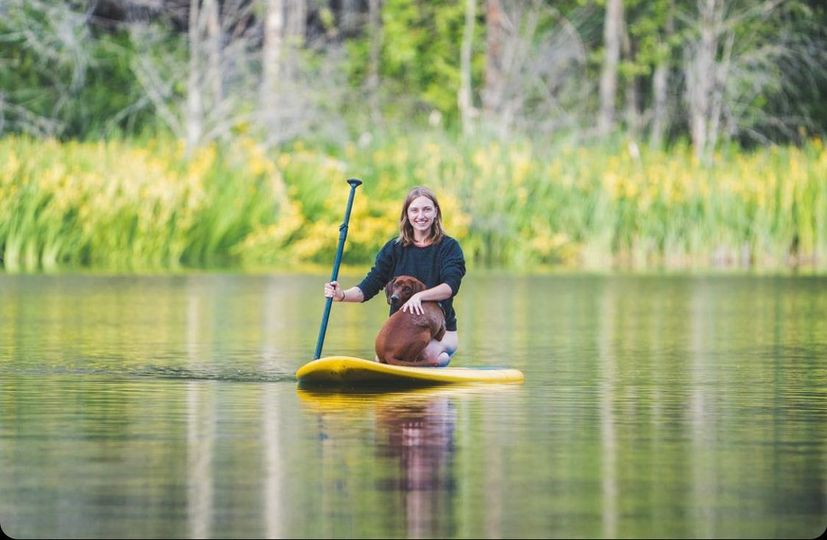
Is Learning to Paddle Board Hard?
Paddle boarding is surprisingly accessible for beginners. The key to a smooth start is choosing the right conditions: calm, flat water and little to no wind. Starting in shallow water, beginners can first get accustomed to the board by kneeling before standing up. With a few basic instructions on stance and paddling technique, most people can be up and paddling during their first session. The learning curve is gentle, especially with the right equipment and conditions.
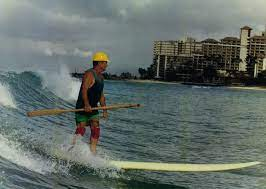
Do You Have to Be Strong to Paddle Board?
While strength can enhance your paddling performance, it's not a prerequisite for enjoying paddle boarding. Technique plays a far more crucial role than brute strength. Proper form, leveraging the core muscles, and maintaining balance are key components of effective paddling. Over time, regular paddle boarding naturally improves strength, particularly in the core, arms, and legs, as well as enhancing cardiovascular health. It's a full-body workout that can be adapted to any fitness level.
Additional Tips for Beginners:
- Start with the Right Board: Beginners should opt for wider, longer boards for increased stability.
- Use a Leash: Always wear a leash connected to your board for safety.
- Practice Falling Safely: Learning how to fall away from the board can prevent injuries.
- Respect Weather and Water Conditions: Always check the weather forecast and understand local water conditions before heading out.
- Take a Lesson: Though not strictly necessary, a lesson can provide valuable tips on technique and safety.
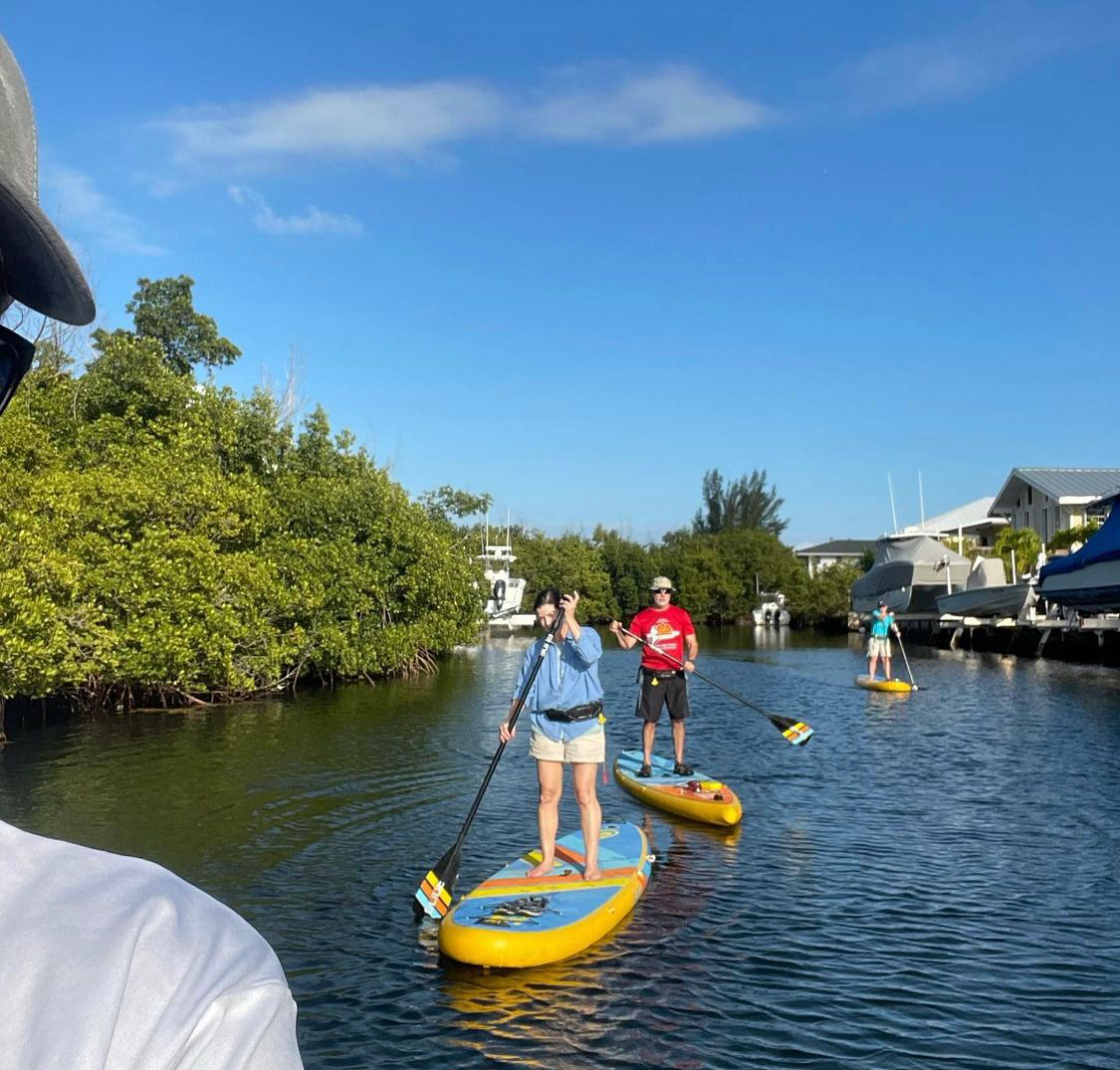
This article gives a nice overview on the best ways to learn to paddle board.
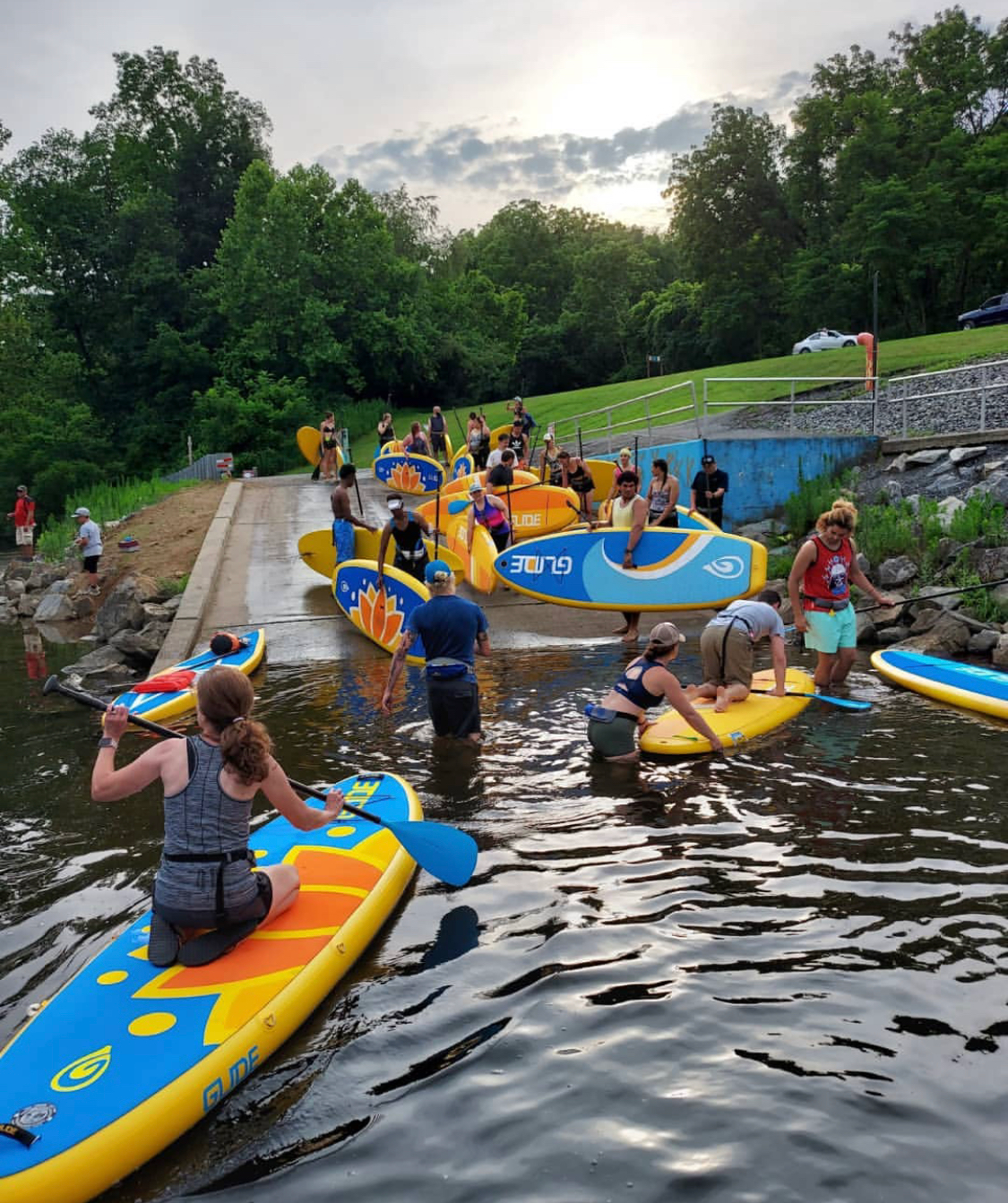
Conclusion
Paddle boarding is an enriching sport that offers a unique way to experience the water, whether you're seeking a serene paddle on a lake, an ocean adventure, or a river excursion. It's not about strength but rather technique, balance, and enjoying the connection to the water. With a bit of practice and patience, paddle boarding can be a rewarding activity for individuals of all ages and fitness levels. If you've been contemplating giving SUP a try, there's no better time than now to dive in and see for yourself why it's become a beloved sport worldwide. If you have any other questions, feel free to drop us a line.


